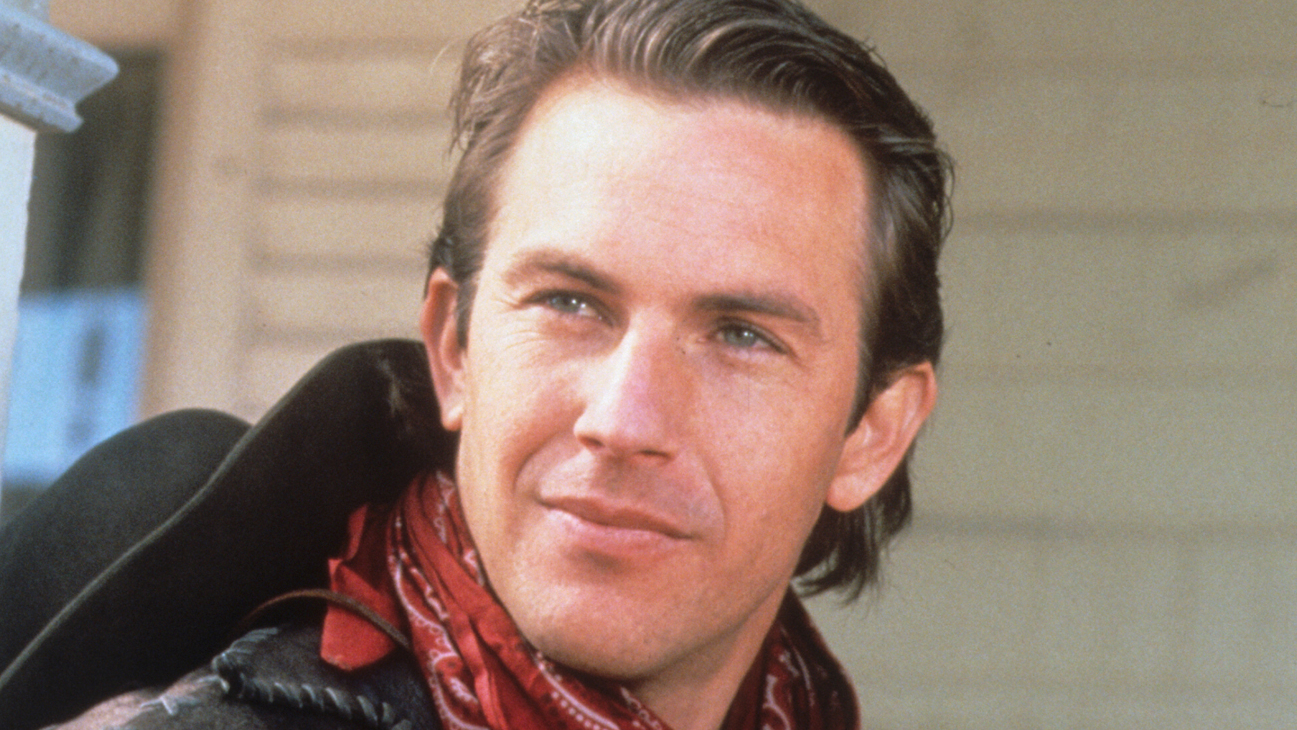It’s a tale as deep and tumultuous as the ocean itself. Kevin Costner, renowned for his stellar performances in films like “Yellowstone” and “Dances with Wolves,” once navigated through what can only be described as Hollywood’s most notorious budgetary blunder. This infamous project was none other than “Waterworld,” a film that promised high-sea adventures but instead became synonymous with financial disaster.
In the early 1990s, the concept of a movie budget stretching into the hundreds of millions was ludicrous. Yet, “Waterworld” found itself drowning in a sea of expenditures, with Costner at the helm, causing the budget to swell a staggering 35 times its initial estimate.

A Vision Submerged in Financial Waters
“Waterworld,” released in 1995, portrayed a post-apocalyptic Earth submerged entirely underwater, where the mysterious mariner, played by Costner, navigates the endless seas. He encounters a woman and her daughter, the key to finding mythical dry land. However, despite the intriguing premise, the film struggled to stay afloat both critically and financially.
The journey to bring this aquatic world to the big screen was fraught with challenges. In an archived interview, screenwriter Peter Rader shared his initial vision with SYFY:
“I started thinking about other visions of the future, and I guess I was thinking about planets whose moons were all water. I thought, ‘What about a future where the entire planet is flooded?'”

This ambitious idea was initially met with disbelief and rejection. Producer Brad Krevoy’s response, as Rader recalled, was blunt:
“Are you out of your mind?! A movie like that would cost us $5 million to make!”
Unperturbed, Rader pursued the project, which eventually materialized as “Waterworld.”
A Budget That Sank Expectations
Originally set at $100 million—a hefty sum for the era—the budget for “Waterworld” ballooned to an astonishing $175 million due to a variety of production nightmares. According to Fast Company, the set construction alone was an ordeal, described by designer Dennis Gassner as “18 months of hell.” The production faced not just logistical nightmares but natural ones as well, with a $5 million floating set sinking and daily bouts of seasickness among the crew.

The Box Office: A Sinking Ship
Despite these Herculean efforts, “Waterworld” did not see the box office success it needed to justify its monumental budget. It garnered a meager $88.24 million domestically but fared slightly better internationally, bringing the total to a respectable $264.24 million worldwide, as reported by The Numbers. While it may have broken even, the film is often cited as one of the most expensive movies ever made.
Critically, the reception was far from warm. The film holds a dismal 47% on Rotten Tomatoes from critics and an even lower 43% from audience scores, reflecting its status as a critical and commercial letdown.

A Lesson in Hollywood Economics
“Waterworld” stands as a stark reminder of the risks involved in movie-making, especially when a project’s vision is so grand it eclipses practical financial considerations. Kevin Costner’s ambitious push may have resulted in one of Hollywood’s biggest flops, but it also demonstrated the lengths to which filmmakers are willing to go to bring their visions to life. Despite its shortcomings, “Waterworld” remains a fascinating study of ambition, creativity, and the harsh realities of film economics.
